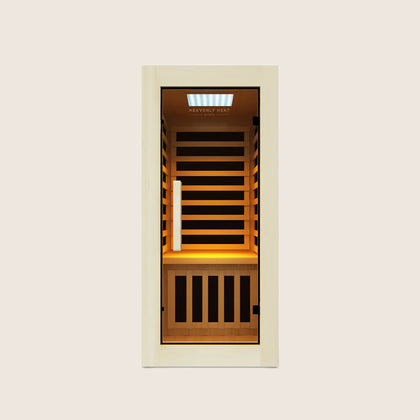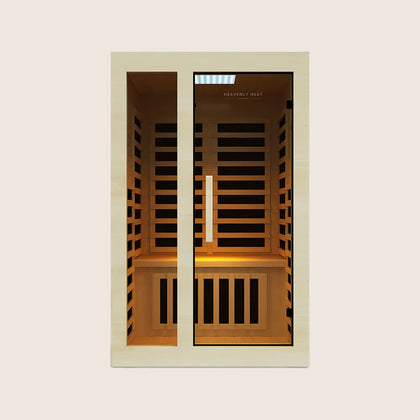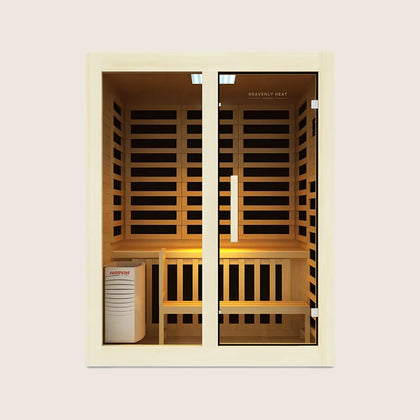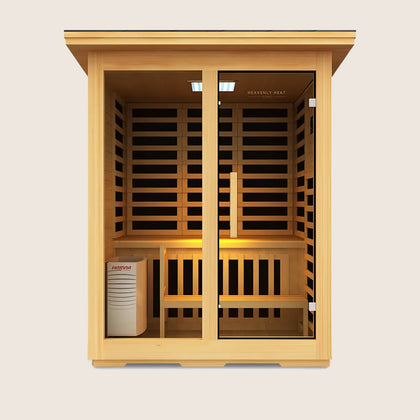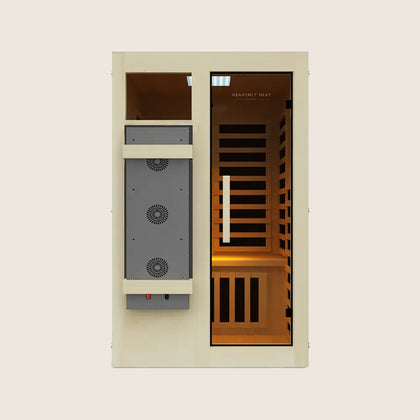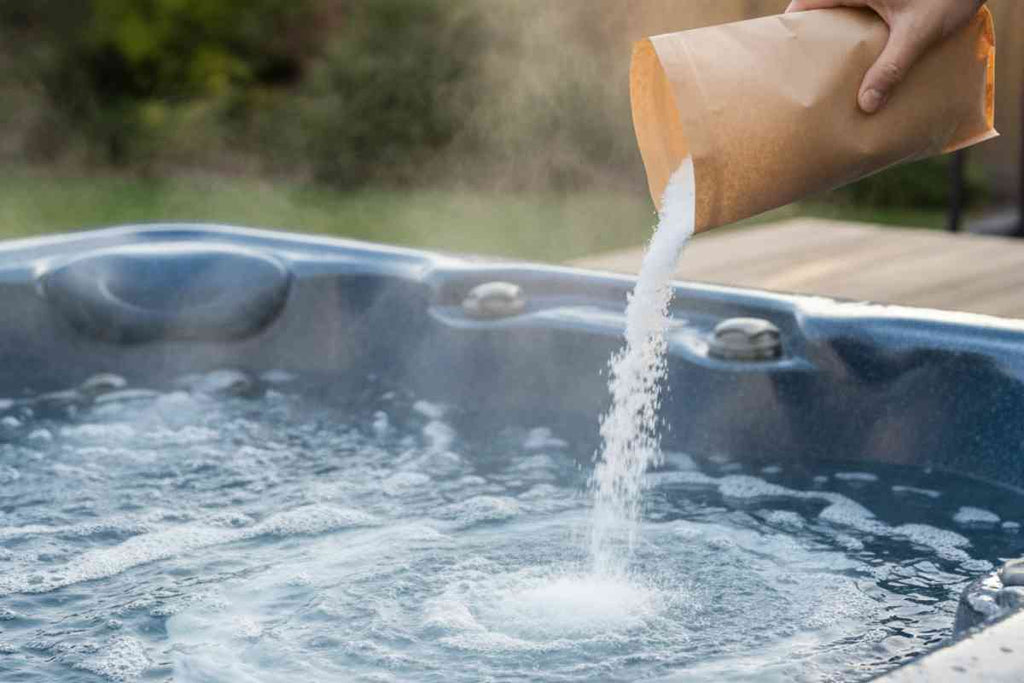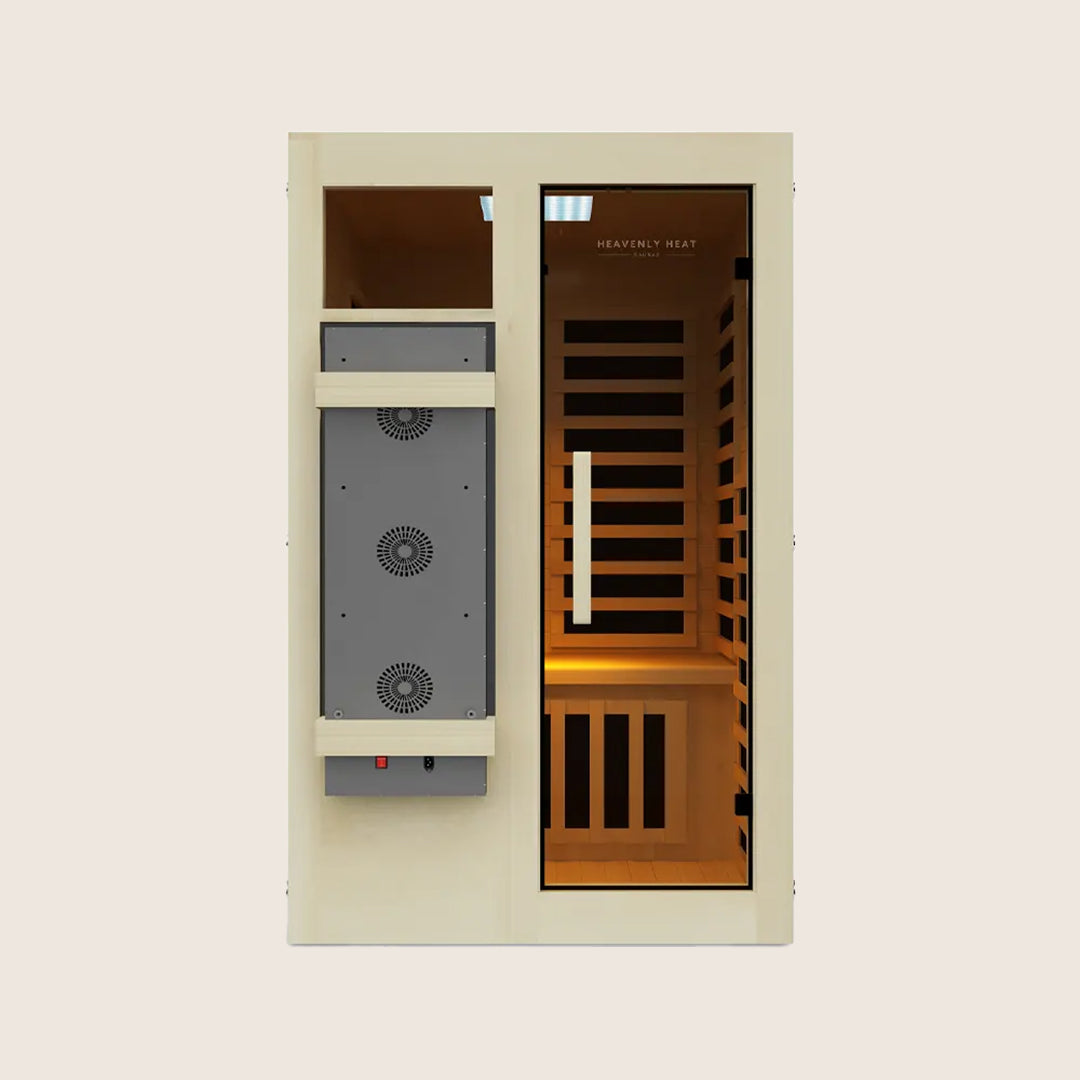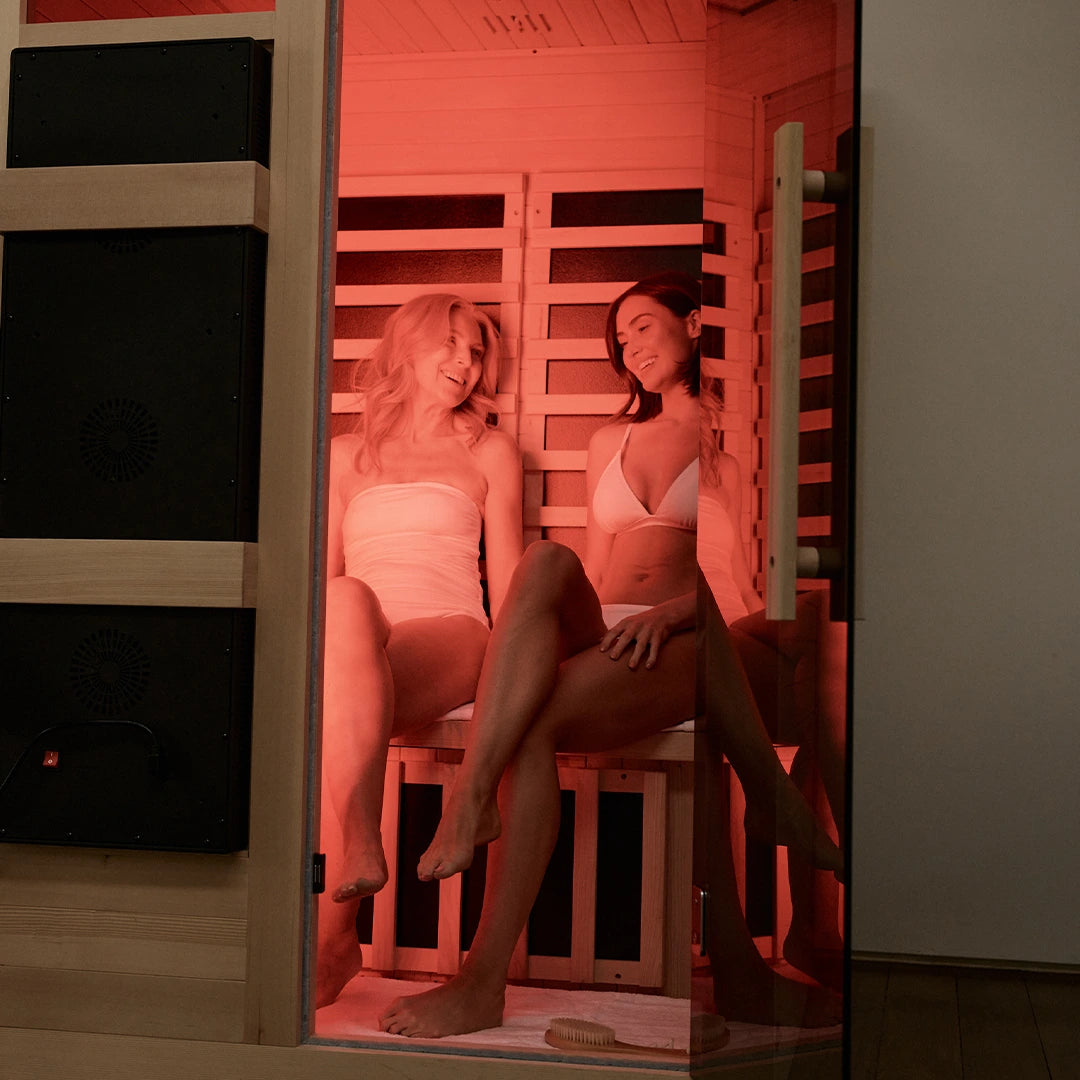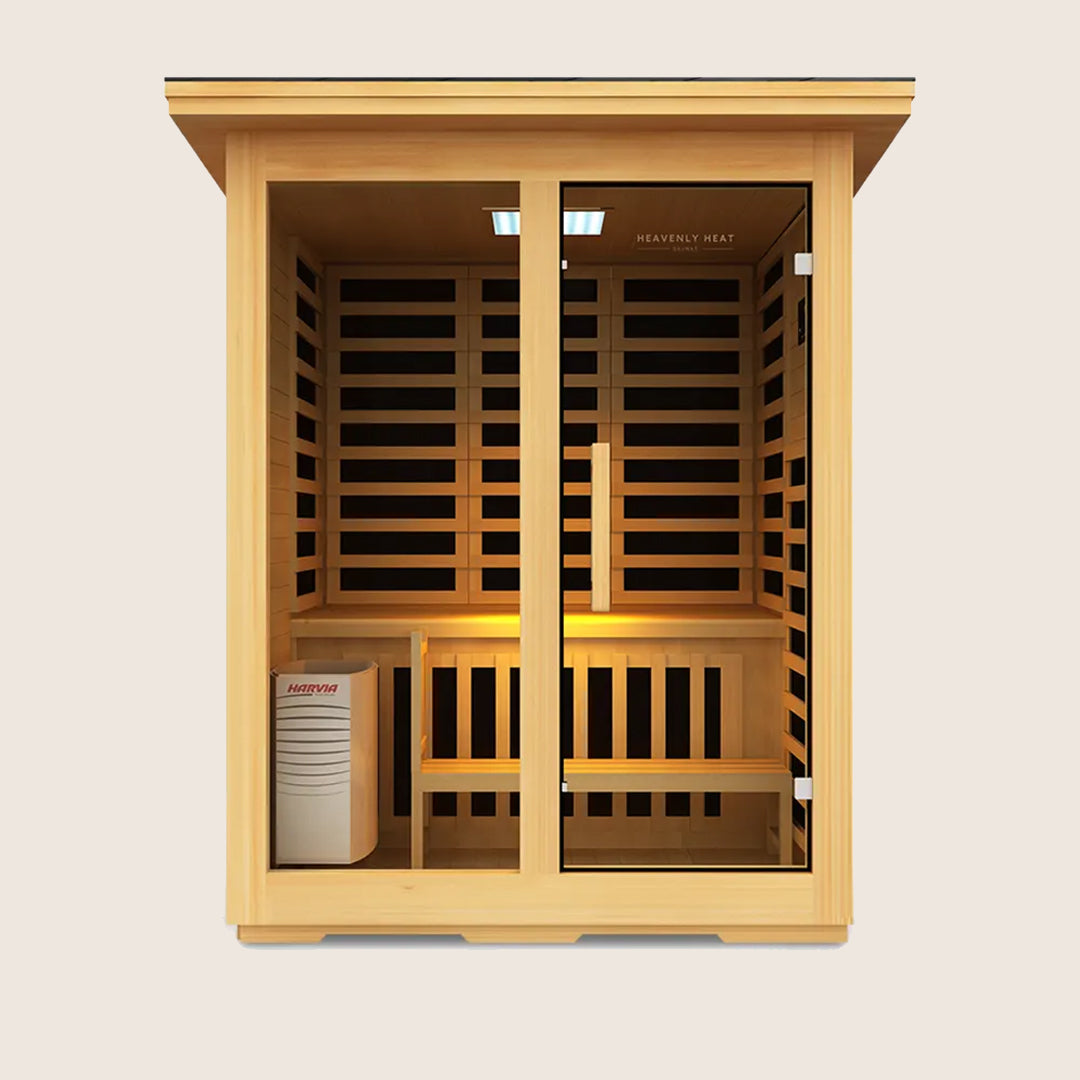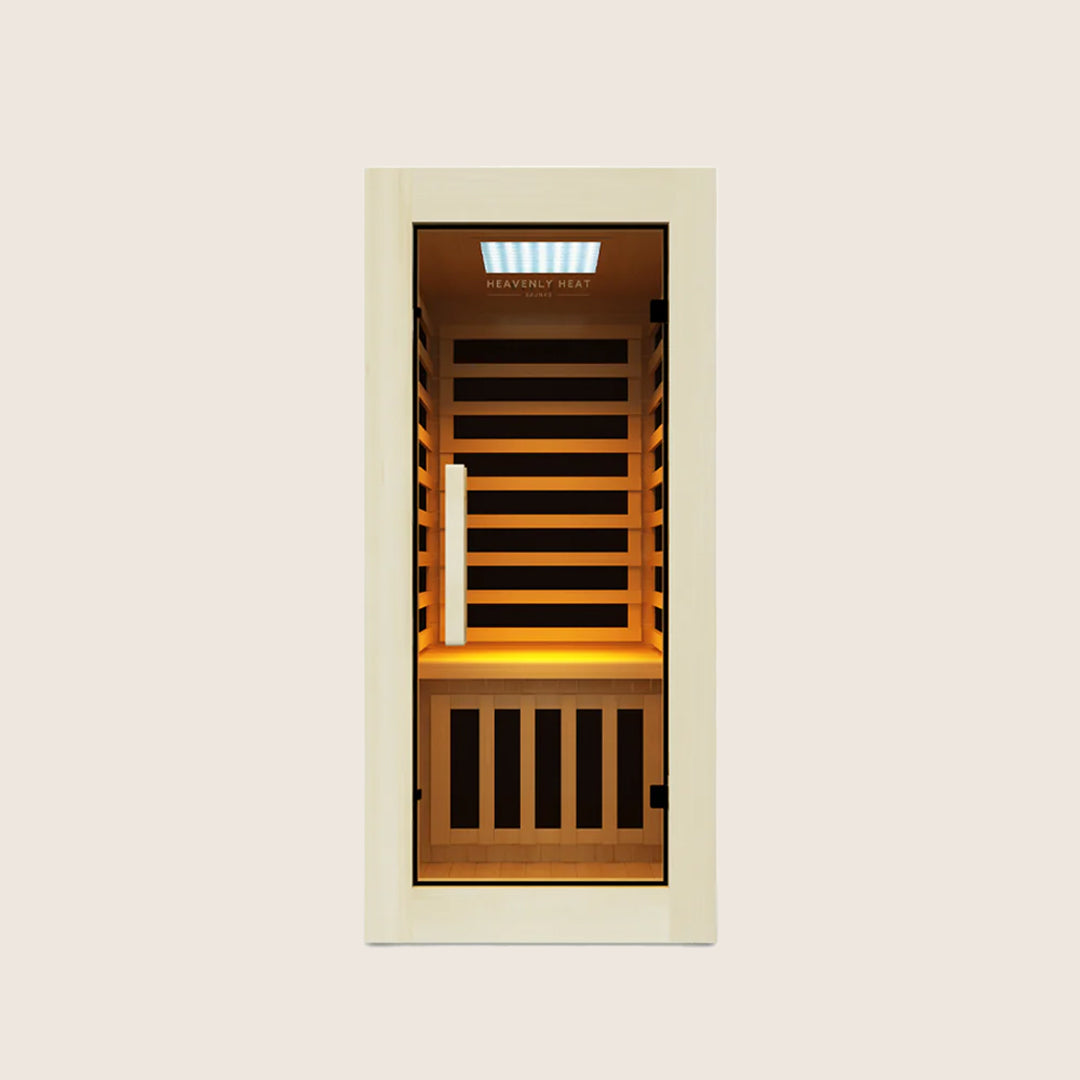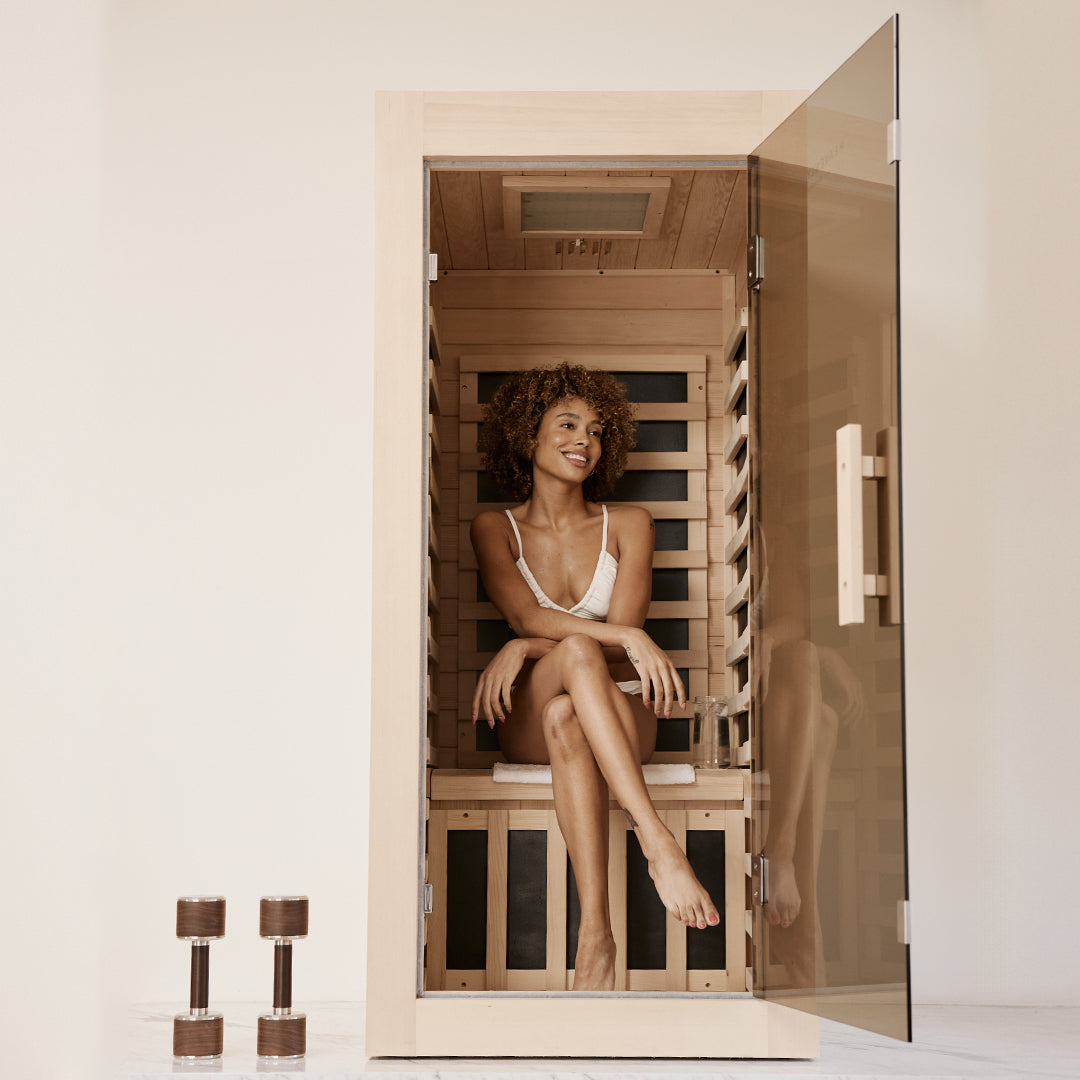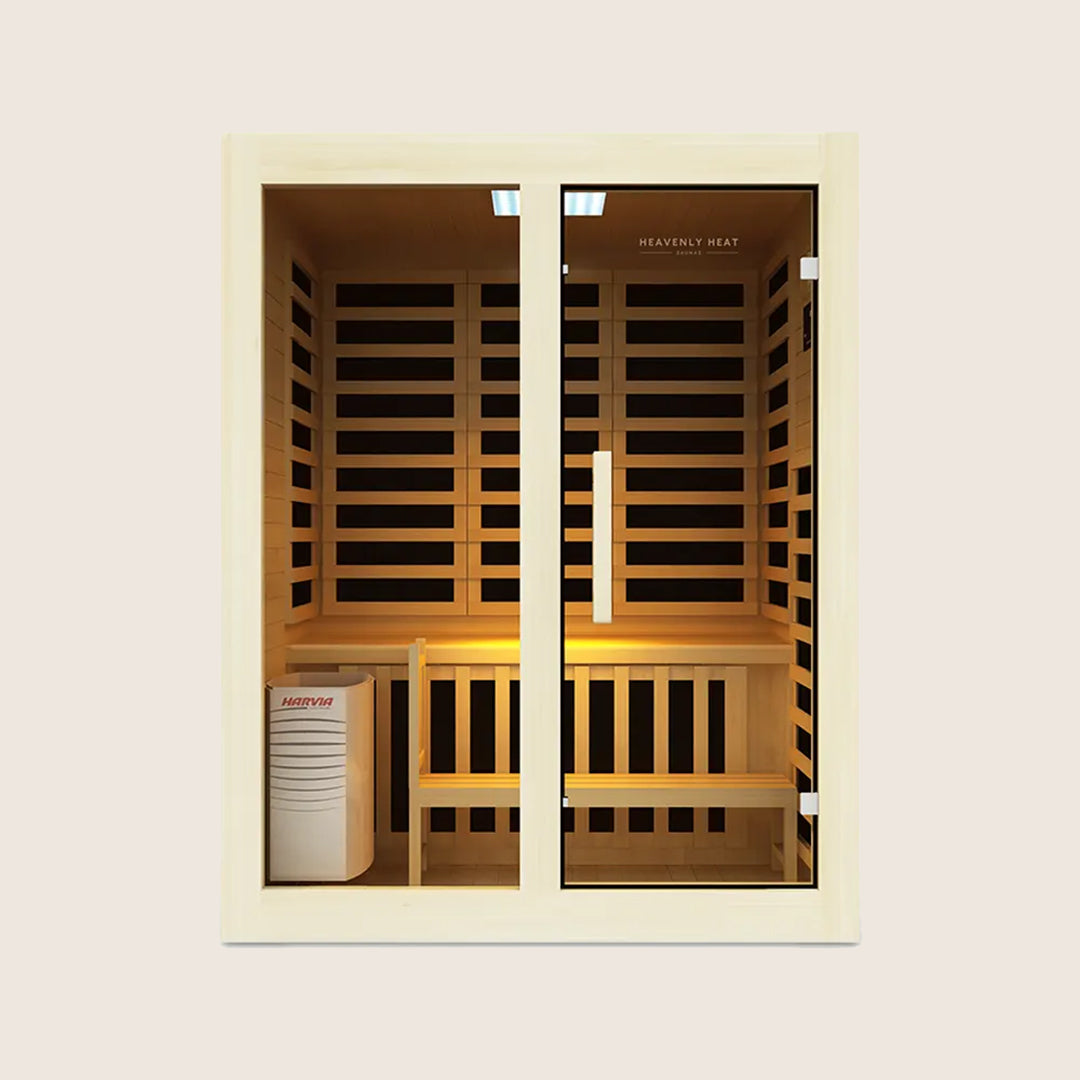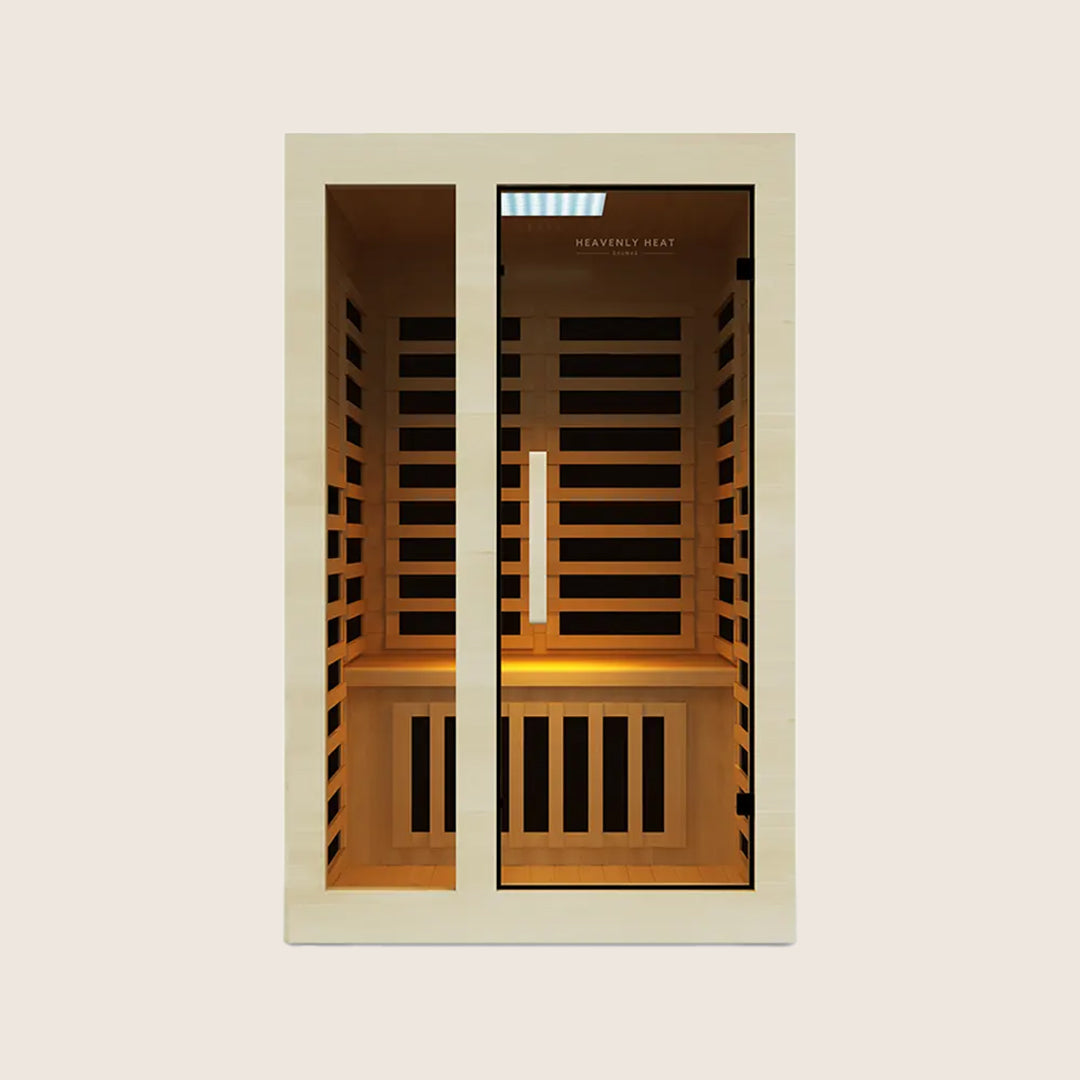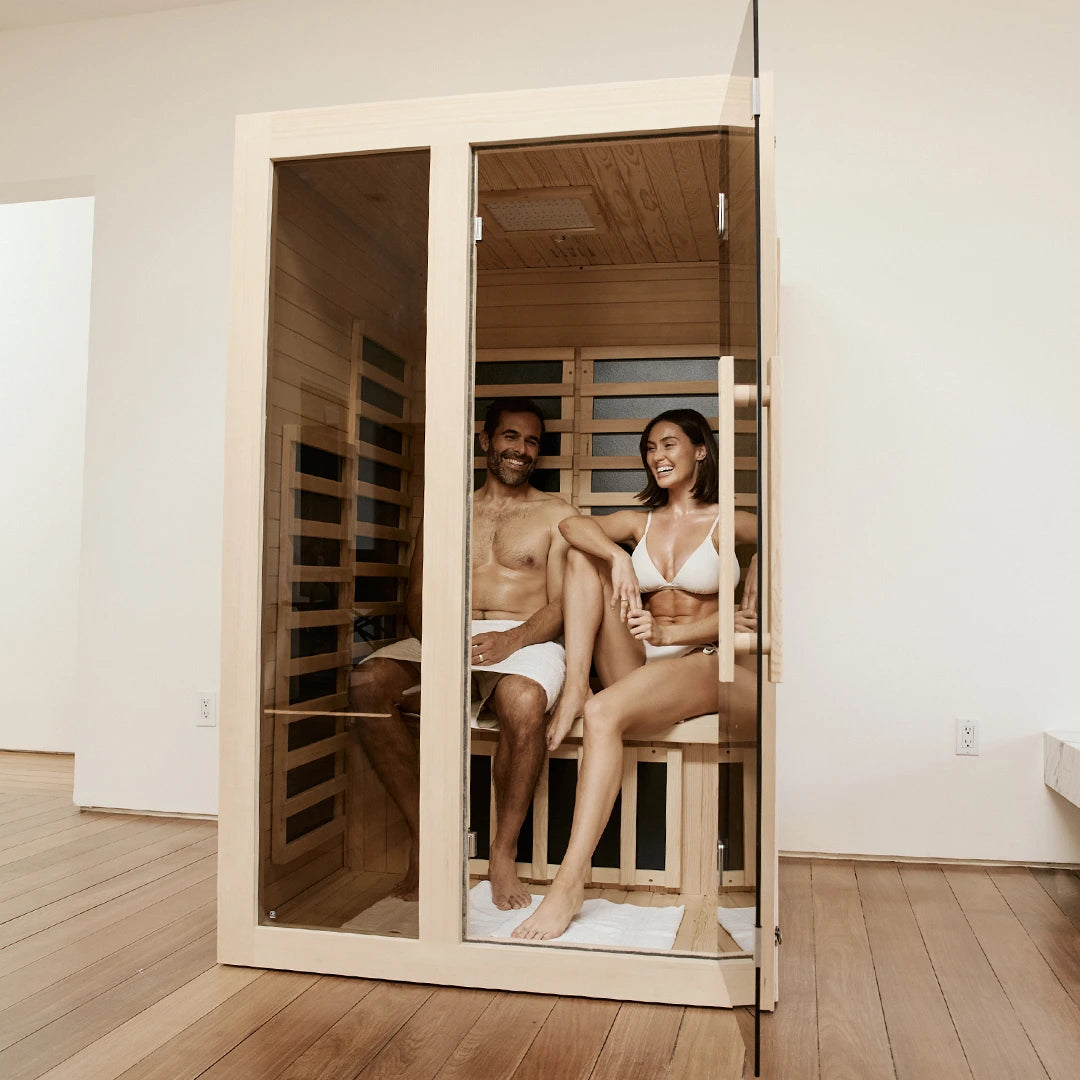10 Tips to Successfully Put a Hot Tub in a Garage
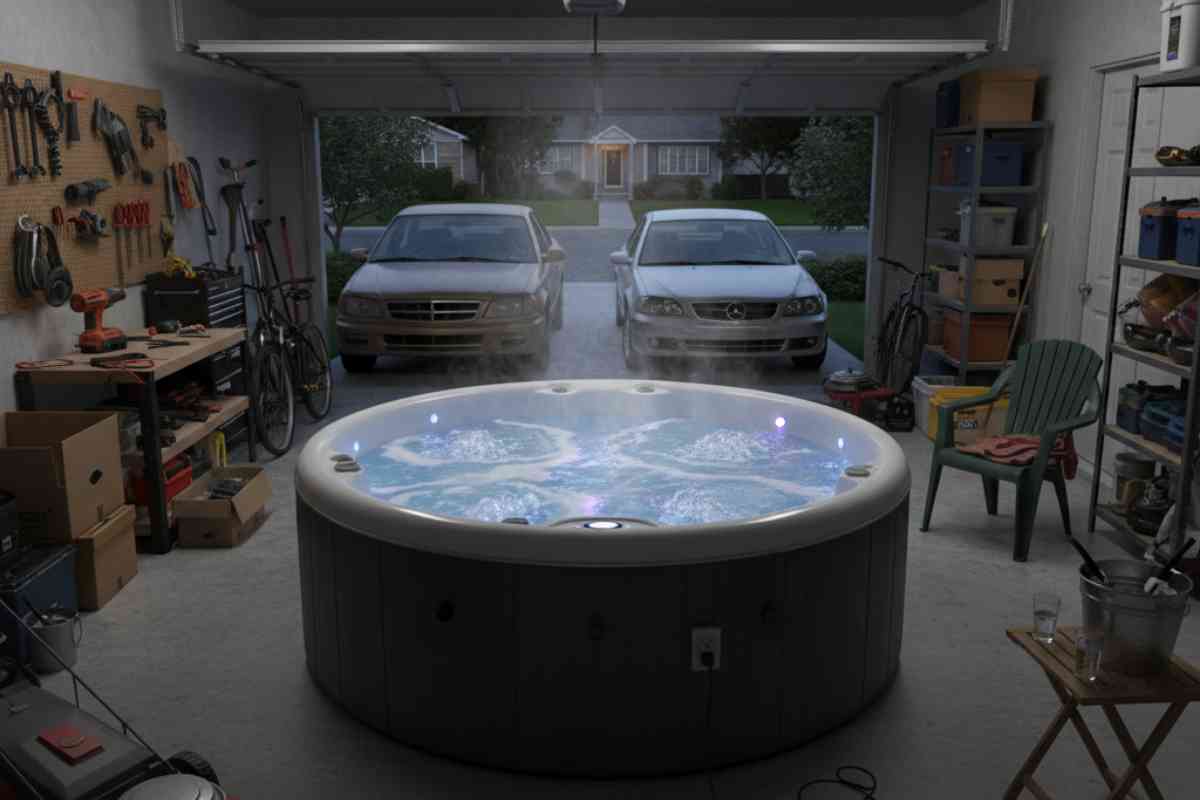
Thinking about adding a hot tub to your garage? With the right planning, your garage can become a cozy, private spa retreat.
From choosing the perfect size and reinforcing the floor to controlling humidity and staying safe, there’s a lot to consider. Follow these 10 practical tips to enjoy your hot tub worry-free all year.
Can You Put a Hot Tub in a Garage?
Yes, you can put a hot tub in a garage, but proper planning is essential. Ensure the floor can support its weight, install ventilation or a dehumidifier to control humidity, use a dedicated GFCI-protected electrical circuit, and protect floors and walls from water damage.
Choose the right tub size, insulate the garage, add safety measures, and maintain the hot tub regularly for safe, year-round enjoyment.

Advantages of an Indoor Garage Hot Tub
Year-Round Comfort: Enjoy hot tub relaxation regardless of the weather.
Private Relaxation: Relax privately without disturbances from neighbors.
Protection from Elements: Keep your hot tub safe from rain, snow, and sun damage.
Lower Energy Costs: Save on energy by keeping the hot tub indoors.
Convenient Access: Use your hot tub anytime without stepping outside.
Easy Maintenance: Spend less time cleaning and maintaining your hot tub.
10 Tips to Successfully Put a Hot Tub in a Garage
Measure Your Garage Carefully to Ensure the Hot Tub Fits
Start by measuring your garage carefully to make sure the hot tub fits comfortably. Measure the floor space first, then check ceiling height to allow headroom and proper ventilation.
Leave at least 2 feet of clearance around the tub for easy access and maintenance. Don’t forget to measure the doorway to ensure the hot tub can be moved inside without issues.
Accuracy matters, double-check your numbers before making any purchases. By planning carefully, you prevent tight squeezes and last-minute adjustments that could damage your hot tub or your garage.
Reinforce or Check the Floor to Support the Hot Tub’s Weight
Before you place a hot tub in your garage, it’s important to make sure the floor can handle its hefty weight.
A typical hot tub filled with water and people can weigh anywhere from 3,000 to 6,000 pounds.
For instance, a standard six-person tub may weigh around 800 pounds empty, hold about 3,750 pounds of water, and support 900 pounds of users—adding up to over 5,400 pounds.
Most residential garage floors are concrete slabs designed to hold roughly 40 pounds per square foot of live load and 10–15 pounds per square foot of dead load, but this can vary.
To check if your floor is up to the task, use this simple formula: (Hot Tub Weight + Water Weight + User Weight) ÷ Hot Tub Footprint in Square Feet = Pounds Per Square Foot.
If the calculation exceeds your floor’s capacity, reinforcement might be needed. Consulting a structural engineer ensures safety, prevents cracks, and lets you enjoy your hot tub without worry.
Install Ventilation to Prevent Mold and Excess Moisture
Installing a hot tub in your garage can be a wonderful way to relax, but it also adds a lot of moisture to the space.
Warm water constantly evaporates, and a typical 6–8 person hot tub can release several gallons of water each week, quickly raising humidity to 70–80% or more in an enclosed, unventilated garage.
High humidity can cause condensation, mold growth, musty odors, and even damage wood or metal surfaces over time.
Proper ventilation is key to preventing these problems. Installing exhaust fans with humidistats or using dedicated dehumidifiers helps keep humidity below 65% and ensures the air is exchanged every few minutes.
Building codes and standards, like ASHRAE 62.1 and the International Residential Code, emphasize the importance of controlling moisture and maintaining good airflow in humid environments.
By adding effective ventilation, you can protect your garage, prevent mold, and enjoy your hot tub safely and comfortably without worrying about long-term damage.
Use Proper Electrical Wiring to Safely Power the Hot Tub
Hot tubs need a dedicated electrical circuit to run safely. A GFCI-protected outlet is a must to prevent shocks.
Use the proper wire size according to the hot tub’s power requirements, and ensure grounding follows safety standards.
Protect the wiring from heat and moisture, especially in a garage where conditions may fluctuate.
A dedicated breaker prevents overloads and keeps the hot tub running smoothly. Proper electrical setup may seem complicated, but it’s crucial for safety.
Investing time in wiring correctly now saves you from expensive repairs or dangerous situations later.
Set Up Plumbing or Water Access for Filling and Draining
Providing water access in a garage is essential for a hot tub. You can connect to existing plumbing, but a dedicated line makes filling easier and faster.
Drainage matters too, plan a safe way to remove water without damaging the floor. A pump can help speed up drainage, especially if a floor drain isn’t nearby.
Take precautions to avoid spills or leaks while filling and draining. Protect your garage with mats or waterproof barriers.
Proper water planning keeps your hot tub running smoothly and your garage safe from costly water damage.
Pick a Hot Tub Size That Matches Your Garage Space
When adding a hot tub to your garage, choosing the right size is key for both comfort and safety.
Hot tubs don’t have strict “standard” dimensions, but they generally come in small (2–4 guests, 5’6″–6’8″ long), medium (4–6 guests, 6’4″–7’8″), large (7–10 guests, 7′–9″), and extra-large (12+ guests, 8′–13′) sizes. Keep in mind that seating arrangements can differ even for tubs of the same size.
You’ll also need to leave enough clearance around the tub, 12–18 inches for easy access and at least 3 feet for maintenance.
Most small and medium tubs fit comfortably in an average one-car garage (12x20 feet) or a two-car garage (18–20x20 feet), while large tubs can occupy a significant portion of the space.
By carefully considering both your garage size and the tub’s footprint, you can create a functional, safe, and inviting area that’s perfect for relaxing and enjoying your hot tub.
Insulate the Garage to Keep Water and Air Warm Year-Round
When setting up a hot tub in your garage, proper insulation is essential to keep both the water and air comfortably warm all year.
An uninsulated garage loses heat quickly, walls and ceilings with minimal insulation (R-1 to R-2) allow heat to escape 2–5 times faster, leaving the space cold and damp.
Adding insulation to your walls (R-13 to R-15) and ceiling (R-30 to R-38) slows heat loss, keeping floors, walls, and surfaces warmer.
Don’t forget the garage door, foil-backed or pre-insulated doors with R-8 to R-12 can make a noticeable difference.
A well-insulated garage reduces condensation, protects your hot tub’s energy efficiency, and lowers operating costs by requiring less energy to maintain water temperature.
Using high-quality materials like polyurethane ensures long-lasting warmth and creates a cozy, energy-efficient environment.
With proper insulation, your garage becomes a comfortable retreat, allowing you to enjoy your hot tub without worrying about chilly walls, damp floors, or sky-high heating bills, even in the coldest months.
Protect Floors and Walls from Water Damage with Mats or Coatings
When installing a hot tub in your garage, protecting floors and walls from water damage is a must.
Even during everyday use, a 6–8 person hot tub can spill 10–15 gallons of water per session from splashing, people getting in and out, or water creeping over the edges.
Over time, this moisture can warp wooden floors, damage tile grout, promote mold and mildew, or stain untreated concrete.
Choosing water-resistant surfaces, like sealed concrete, ceramic tile, vinyl, or rubber mats, can prevent long-term damage.
Protective mats are especially effective, as many are designed to contain water, prevent seepage, and reduce mold growth.
Experts and manufacturers emphasize the importance of quick cleanup, proper ventilation, and elevating stored items to allow airflow.
By combining durable flooring with moisture-controlling mats, you can enjoy your hot tub safely while keeping your garage dry, clean, and protected for years to come.

Add Safety Measures Like Covers, Non-Slip Mats, and Lighting
When setting up a hot tub in your garage, adding safety measures is key to keeping everyone secure and stress-free.
Wet surfaces are a leading cause of slips and falls, making up about 55% of such accidents, but non-slip mats made from rubber or fiber can greatly reduce the risk when placed in busy areas and properly maintained.
Good lighting is just as important, bright overhead lights, task lighting, and motion sensors help you spot hazards, making the space safer and easier to navigate, especially at night.
Safety covers that meet ASTM F1346 standards are also recommended to prevent accidental access to the water.
Many building codes, including the Uniform Swimming Pool, Spa, and Hot Tub Code, highlight the importance of slip-resistant surfaces, adequate lighting, and secure covers.
By combining mats, proper lighting, and certified covers, your garage hot tub becomes a safe, functional, and enjoyable retreat.
Maintain and Clean the Hot Tub Regularly to Extend Lifespan
Cleaning a hot tub regularly prevents buildup and prolongs its life. Focus on scrubbing surfaces, cleaning filters, and checking water chemistry often.
Balanced water reduces wear on the components and keeps it safe to use. Filter maintenance ensures proper circulation and prevents clogs.
Simple steps like draining occasionally, refilling with fresh water, and testing pH levels keep the tub working efficiently.
Regular upkeep avoids costly repairs and helps your hot tub stay inviting for years. Small efforts now pay off in a longer-lasting, enjoyable spa experience.
FAQ
Can a hot tub be used year-round in a garage?
Yes, a hot tub can be used year-round in a garage if properly prepared. Ensure strong ventilation or a dehumidifier to control humidity, a dedicated GFCI-protected electrical circuit, a quality cover, a structurally sound floor, and easy access to prevent mold, moisture, and safety hazards.
Can I install a hot tub in a small garage?
Yes, you can install a hot tub in a small garage by ensuring a level, concrete floor, a dedicated GFCI-protected circuit, adequate ventilation to control humidity, and proper space for access and maintenance. Plan for water management, fitting the tub through doors, and using a cover to reduce evaporation.
Can I use a blow-up or portable hot tub in a garage?
Yes, you can use a blow-up or portable hot tub in a garage if you ensure proper ventilation, humidity control, a GFCI-protected outlet, and a strong, level floor. Use dehumidifiers, exhaust fans, covers, and regular maintenance to prevent mold, corrosion, electrical hazards, and instability.
Will a hot tub damage my garage floor?
Yes, it can. Hot tubs can harm garage floors due to moisture, weight, and chemicals. To prevent damage, improve ventilation, add a drain, use a protective mat, and reinforce the floor. Benefits include a safer space, longer floor life, and reduced mold risk.
Do I need a dehumidifier for a garage hot tub?
If you’re thinking about putting a hot tub in your garage, a dehumidifier isn’t just a nice extra—it’s often essential. A typical 6–8 person hot tub holds 400–500 gallons of water, and warm water constantly evaporates, adding 2–4 gallons of moisture to the air each day. In a small, enclosed garage with limited ventilation, humidity can quickly climb to 80–90%, leading to condensation, mold, wood rot, corrosion, and unpleasant odors. Experts recommend keeping indoor humidity between 40–60% to safeguard both your health and your home, a range supported by organizations like HEVAC, CIBSE, and BRE. While opening a window or using vents helps, natural ventilation usually isn’t enough to handle a hot tub’s moisture. A dehumidifier pulls excess moisture from the air efficiently, offering faster, targeted control. Portable and easy to move, it keeps your garage comfortable and dry while protecting your hot tub and the structure of your home from long-term damage.
Can a garage hot tub affect my home’s value?
A garage hot tub typically lowers home value, as buyers prefer outdoor setups, view it as a maintenance liability, and need garage space for vehicles. Only high-quality, well-maintained, energy-efficient hot tubs integrated into appealing spaces add value, so consult a real estate professional or consider removal.


